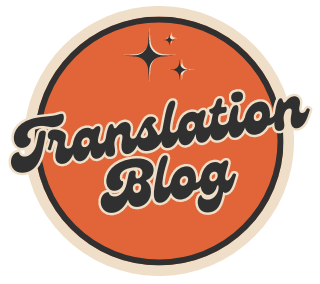Learning to write in a foreign language can feel like trying to build a house with unfamiliar tools. At first, nothing fits right. Grammar rules trip you up, vocabulary runs dry, and you’re left staring at a blank page, wondering where to start. But here’s the truth—writing well in another language is completely possible. Like any skill, it just takes the right approach, some smart tools, and a bit of patience.

1. Read More Than You Write (At First)
Let’s be real—before you can write well in any language, you need to read it. Reading is like breathing in, and writing is like breathing out. You need the input before you can give output.
Start by reading simple texts. Choose blogs, short stories, or essays written by native speakers. Don’t aim for Shakespeare just yet—find stuff that’s fun, modern, and easy to follow.
Why does this work?
Reading helps you absorb sentence structure, vocabulary, idioms, and punctuation—without memorizing grammar rules. You start to notice patterns: how writers begin paragraphs, how they use transition words, how they avoid repeating the same phrases.
Try this:
Pick an essay from Paperap’s free sample database. Yes, even reading sample essays written by others (especially native speakers or fluent learners) can be a goldmine. See how they make their arguments, what phrases they use, and how they support their ideas.
2. Start with Short, Clear Writing
When you first start writing in a new language, it’s tempting to try to sound smart—long sentences, fancy words, complex structures. But honestly? It’s better to be clear than clever.
Keep your writing short and to the point. Aim for simple subject-verb-object sentences before diving into long paragraphs. Once you master the basics, your style will naturally grow.
Here’s a tip:
One of the biggest mistakes people make when writing in a foreign language is trying to sound overly academic or complex from the start. But here’s the truth—simplicity wins. Short, clear sentences are easier to write, easier to understand, and much more effective when you’re still learning the language. If you’ve ever found yourself stuck thinking, “How do I even begin this paragraph?”, that’s exactly where the Paperap – essay writing service can step in. It’s not just about getting an essay done; it’s about learning how strong writing is built. By using their samples or custom-written papers as a guide, you can see how concise language, clear structure, and logical flow work together. From there, it becomes easier to apply those same techniques to your own writing, even in a language that isn’t your native one.
3. Write with a Real Purpose
Writing for the sake of writing can get boring fast. So why not give your writing a job to do?
Imagine you have a job order—say, a short essay for school or an article for a blog. Instead of stressing about it, use it as a chance to practice. Focus on expressing ideas clearly and correctly.
And hey, if you’re stuck? Paperap offers not just completed essays, but also writing support tailored to your specific topic. You can place an order and use the delivered text as a reference or inspiration for your own version. It’s not cheating—it’s learning with training wheels.
4. Get Feedback (Yes, Even the Harsh Kind)
Here’s the truth: you won’t get better without feedback. Writing is like throwing a message in a bottle—if no one reads it, how do you know if it made sense?
Share your work with friends, teachers, or online language communities. Ask for honest feedback. Yes, it might sting. But it’s the fastest way to spot your weaknesses—and fix them.
Not sure where to start?
If you’ve used Paperap for a writing assignment, take your finished text and show it to someone fluent. Ask them: “How can I say this more naturally?” This is how real progress happens.

5. Imitate, Then Innovate
Ever heard the phrase “fake it till you make it”? Well, in writing, it’s more like “imitate it till you create it.” When you read an essay or article that sounds smooth and confident, try to copy the structure, not the content.
Start by picking a paragraph from a sample on Paperap. Rewrite it in your own words, keeping the flow and tone. Then try writing about your own topic using that same structure. Over time, this builds a sense of rhythm in your writing.
Practice Makes Progress (Not Always Perfect)
Let’s be honest: writing in a foreign language is never perfect. Even native speakers make mistakes! The goal isn’t perfection—it’s clear, confident communication. Every mistake you make is a step forward.
Remember, your brain is learning a whole new way to think. So celebrate the small wins. Finished a paragraph without switching to Google Translate? That’s a win. Found a cool phrase in a Paperap sample and used it in your own writing? Another win.
Final Thoughts: Make Writing a Habit, Not a Hassle
Improving your writing skills in a foreign language doesn’t have to be stressful. It’s like going to the gym—at first, every sentence feels heavy. But the more you show up and practice, the easier it gets.
Read often. Write daily. Get feedback. And don’t be afraid to lean on smart tools like Paperap to guide you when you need help. Whether you’re working on a job order for class or just trying to sound more fluent in your emails, the right strategies can get you there.
So grab your notebook (or open a blank doc), and get writing. Your words are waiting.

